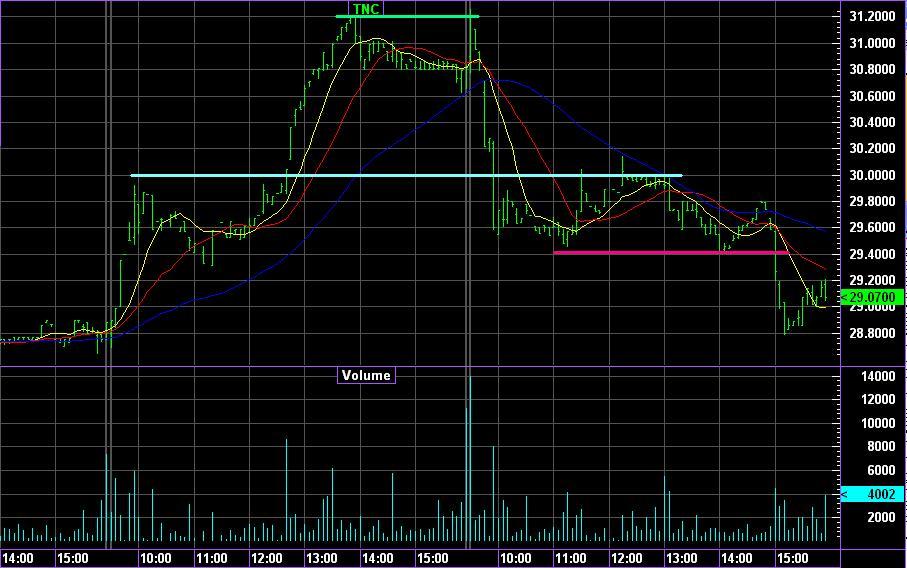Setting Up Alerts to Trade More Efficiently
This article is a continuation of the Trader’s Toolbox series of articles providing traders with the simple tools for profitable trading. This one is dedicated to setting Alerts.
The Alert service became a standard feature for many trading platforms these days. It is really helpful when you have multiple positions opened, then by setting an Alert you can free the valuable time and concentrate on managing trades rather that scanning stocks for possible entry points. The Alert will be watching a stock for you, notifying you when the opportunity is occurring.
Normally the Alert is used for the entry point and it is set on either Support or Resistance levels. The exit point normally is not marked by an Alert, as we use a Trailing stop, which we will cover in another article.
What I use in my practice is a watch list. The list of stocks that I select before the Market opens. Then I set up Alerts, based on Support and Resistance levels at each stock. I am adjusting alerts accordingly throughout a Trading day, but the major rule is to use Support and Resistance levels when setting them up.
Let’s look at a couple of examples below, just to get an idea about the technical side of setting up the Alerts.
On the Picture below you can see multiple levels and multiple Alerts set on different levels. In this case the Alert will go off when the price touches this particular level.
The Green line represents the High of the previous day. The Alert been set up at $31.20 level and it went off when the price reached it. Now it is your turn to make a decision about entering a trade.
The next level appeared later on the day at a previous day Resistance level at $30.00, the round number. The Alert goes off and it is time to make a decision again.
The third time throughout the day, the Alert been set at the $29.40 level, the red line. It is related with the previous day Low. The Alert goes off and it is time to act quickly.
This article does not provide you with the answers to the major question: should I open a Long or a Short position in the above mentioned cases, but explains how you can use an Alert to find an opportunity for the entry into a position while managing several of them.
I hope this will help you to maximize your Profit and Opportunity for the entry as well as to use your Trading time more efficiently!
Happy Trading!
Roman Larionov is the founder of the Absolute Resolution Project, managed by the Absolute Resolution Consultants – New York based consulting company established in 2007. He has 12 years of experience including senior and executive management positions, project management, revenue management, sales, product development, people management and customer service. His trading experience includes 8 years of trading FOREX and NYSE equities.
Mr. Larionov holds two Bachelor’s Degrees in Management and Management of Crisis Situations along with the MBA degree in International Business.

